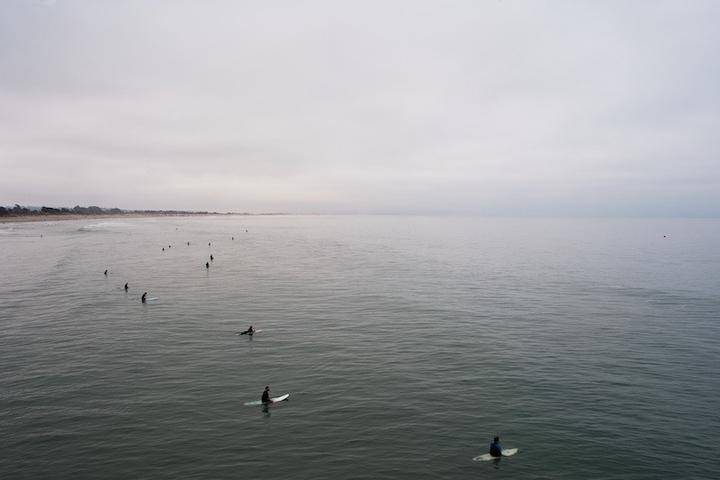In ancient Polynesia, natives surfed on rudimentary surfboards, and no — they didn’t have fins. Then again, surfing for those ancient Hawaiians and Tahitians mostly involved riding a wave straight into shore, without much of the fancy maneuvering that comprises the sport as we know it today. (The only maneuvering they could do was done by dipping their foot into the water!). It wasn’t until 1934 that fins were used on surfboards, introduced by Tom Blake, the same guy who introduced the hollow surfboard.
So why do today’s surfboards have fins? Well, they’re a pretty helpful addition if you expect to be able to steer your board and maneuver. Can you surf with no fins?Theoretically, yes, but unless you’re in the expert category, you probably won’t enjoy it much!
If you’re new to surfing, fins are the things mounted to the bottom of a surfboard. They all have a similar curved appearance, but come in a variety of shapes and sizes and have differing levels of flexibility, depending on the needs and proficiency of the surfer. In general, there are two types of fins: glassed-on and removable. How a fin performs in the water is based on its measurements, which are as follows:
FINS – DEPTH
This is the measurement from the tip of the fin to the base of the surfboard. It’s how deep the fin goes into the water. The deeper it goes, the better control for the surfer.
FINS – BASE LENGTH
This determines the board’s speed and drive. The base length is the measurement of the widest point of the fin. If you want to go fast, you want a longer fin!
FINS – RAKE /SWEEP
The rake (a.k.a. sweep) is the distance the fin tip curves away (is offset) from the base. Larger rakes mean a more maneuverable board and ability to execute a tight turn. The smaller the rake, the more drive the board has, but also the less maneuverability.
Since we mentioned above that fins have differing amounts of flexibility (a.k.a. flex), you’re probably wondering which is preferable, a stiff or a more flexible fin. As with other aspects of the fin, it all depends on your level of expertise and the effect you’re after. In general, stiffer fins have less drive but allow the surfer to turn faster, while more flexible fins mean more drive, but a slower release from its maximum flex.
For most surfers, fins are pretty crucial to their ability to perform, which is why many more experienced surfers opt for removable fins for different surf conditions and different goals.
Some more experienced or professional surfers looking for a challenge, have surfed without fins. A prime example is Ryan Burch, who almost makes it look effortless! For most beginners and intermediate-level surfers, though, fins are an essential part of the surfboard.
If you’re new to the world of surfing, check out San Diego Surf School. We offer lessons for both beginners and more advanced surfers, as well as after-school programs and adult retreats!











